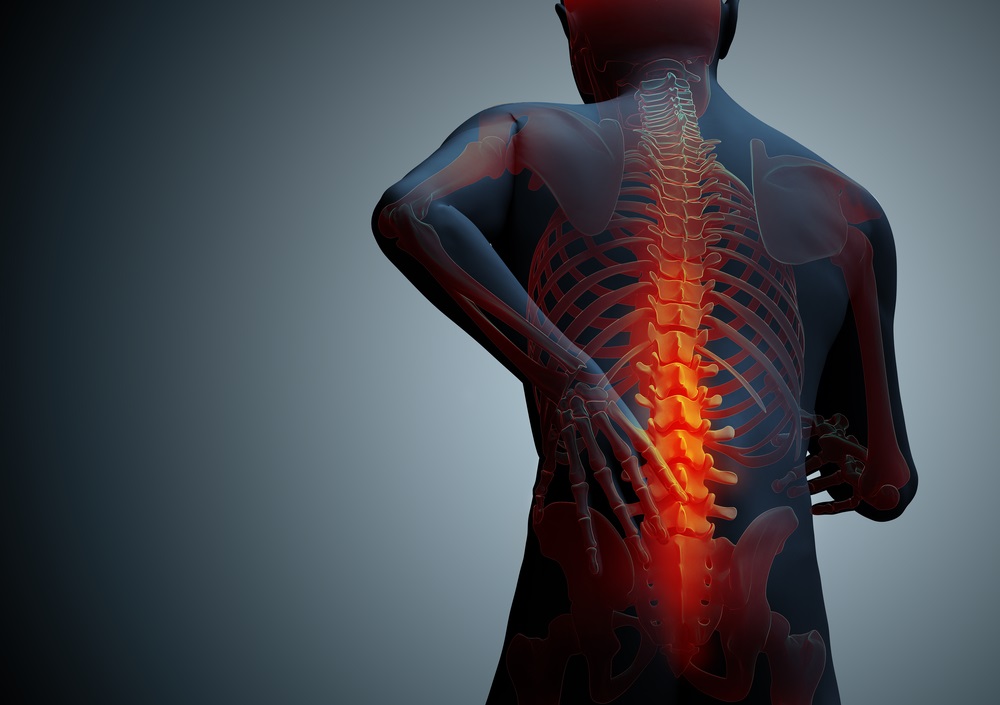
Spine Trauma and Spinal Cord Injuries
- Degenerative Disc Disease
- Herniated Disc
- Lower Back Pain
- Neck Pain
- Sciatica (Lumbar Radiculopathy)
- Spinal Arthritis
- Spinal Deformities
- Spine Infections
- Spinal Stenosis
- Spine Trauma and Spinal Cord Injuries
- Spinal Tumors and Cancer
- Spondylosis
- Tingling in Arms (Cervical Radiculopathy)
- Upper Back Pain
Traumatic spinal cord injury (SCI) interrupts nerve connections between the brain and the rest of the body resulting in paralysis and loss of sensation below the level of injury.
What is a Traumatic Spinal Cord Injury (SCI)?
When blunt physical force damages, crushes, tears or bruises the spine, disks or ligaments, and involves the spinal cord and the associated spinal nerve roots, this is considered a traumatic spinal cord injury. These injuries can also cause vascular injury and result in local bleeding or hematoma, hemorrhage, and spinal cord edema or swelling caused by too much fluid in the tissues. Edema further impacts the proper flow of blood and oxygen throughout the body.
Spinal injuries resulting from trauma are not always obvious. Injury to the spine and spinal cord is considered in patients with the following:
- Injuries that involve the head
- Pelvic fractures
- Penetrating injuries near the spine
- Injuries sustained in motor vehicle crashes
- Severe blunt injuries
- Injuries from falling from heights or diving into water
- After even minor falls in elderly patients
Anatomy of the Spine
The spinal column is the body’s main support structure. Its thirty-three bones, called vertebrae, are divided into five regions: cervical, thoracic, lumbar, sacral and coccygeal.
What are the surgical benefits and options for Spine Injuries?
A traumatic event can cause significant damage to the spine causing life-long injuries. Spine surgery is an important factor in treating a traumatic spinal cord injury (SCI). Surgical intervention is linked to better long-term outcomes and recovery. Decompression of the spine and spinal stabilization are important treatments for preventing pain, deformity, and progression of neurologic problems such as weakness, tingling and bowel/bladder problems. Surgery may not reverse the initial or primary spinal cord damage, but it can stabilize the spine and prevent further or secondary injury.
If the spine is unstable, and different anatomical structures (i.e., vertebral bone, disc, ligament) are compressing the spinal cord, one or both of the following surgical procedures may be used:
- Decompressing the spinal cord – The goal of decompression surgery is to relieve the pressure on the spinal cord and/or spinal nerve roots. This can be accomplished by removing damaged structures (i.e., herniated disc, bone fracture fragments) or soft tissues pressing on the spinal cord and the adjacent associated nerves — thereby creating space around these neural elements.
Different types of decompression procedures exist (such as laminotomy and laminectomy). Dr Fayaz and his team will choose the best procedure or combination of techniques based on many factors, such as the spinal level involved and the extent of injuries.
- Re-stabilizing the spine – If the spine is unstable, stabilization surgery through spinal fusion may be performed following the decompression. The spine may be unstable from the traumatic event, or the decompression procedure may create spinal instability because it may have involved removing bone, disc or supporting soft tissue.
If you are in the North Houston, Conroe, The Woodlands, Spring area and would like an evaluation for a spinal cord injury, decompression or spinal fusion surgery, call our office at 281-880-0700 to schedule an appointment with Dr. Fayaz.